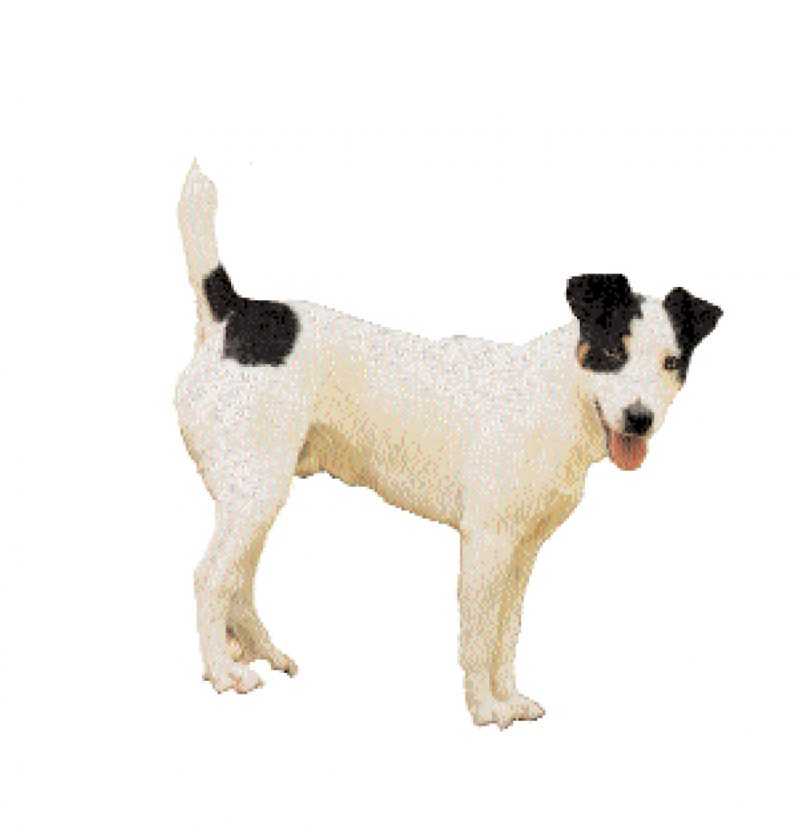What is a Jack Russell terrier? It’s a big question and a small dog. Smallness is itself only a small part of the answer, which also requires links to British bloodlines (quite!) and thus to God (cf. below), as well as the ability to make baying noises when and only when a red and only a red fox is in sight!
On April 1, 2003, the American Kennel Club did something highly unusual: it changed a breed name. Officially “Jack Russell” is now “Parson Russell,” in keeping with the international standard set by the dog’s country of origin, the UK. The name “Jack Russell” will henceforth no longer exist in American breeding circles because it is no longer considered a breed, but an umbrella term spanning a cesspool of terrier miscegenation. What does this mean?—The true Jack is the Parson and the other Jacks, well they’re just crap.
In theory, one can no longer pronounce Jackish-looking terriers to be Jack Russells, not unless you want to offend someone who has higher social aspirations for their canine. You can’t bandy about the term Parson Russell either, because if you’re wrong then you piss off purebred owners by defiling the nomenclature expressly reserved for the more aristocratic Jack cousin, who is really more of a John than a Jack in the following classy, and ever-so-Gosford Parky ways:
It is a fine, drizzling day circa 1870, and the Reverend Parson John Russell examines his terriers before setting off on yet another fox hunt in the English countryside. Such a splendid group! All reveal a proper balance at the withers (12”-14”); a clean silhouette, the flexible chest required to go underground and find the fox; a tail bobbed to work as a fox-fetching handle; a moderate tuck-up in the top-line; something-or-other “pastems” and etcetera. In short, each dog entire is a perfect specimen of the classic working terrier. And why wouldn’t it be? the Rev asks himself. For I bred these John Russell terriers my very own self, when I should have been reading the Bible and scolding people for having sex on Wednesdays!
Little did JR know the blasphemy awaiting his chosen terriers and his name. Once the famed “Sporting Parson” died, people began Jack Russelling willy-nilly, expediently lumping all kinds of working terriers together. (Too fat/stupid/cowardly to make it into a fox tunnel? No matter! You’re on for the hunt!) In this way, many very ugly, vulgar, and downright inappropriate deviants got involved in fox hunting whether they bayed politely or bit off the foxes’ heads like the godforsaken mutts that they were. What became of these distorted half-breeds? Why, shipped...
You have reached your article limit
Sign up for a digital subscription and continue reading all new issues, plus our entire archives, for just $1.50/month.
Already a subscriber? Sign in





